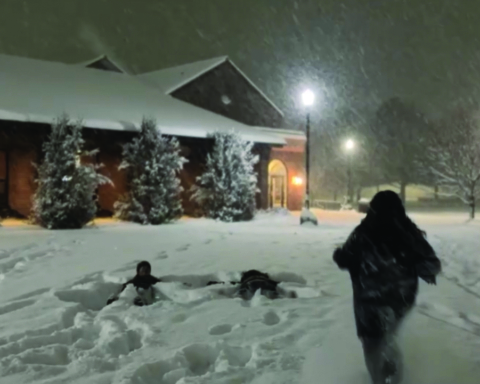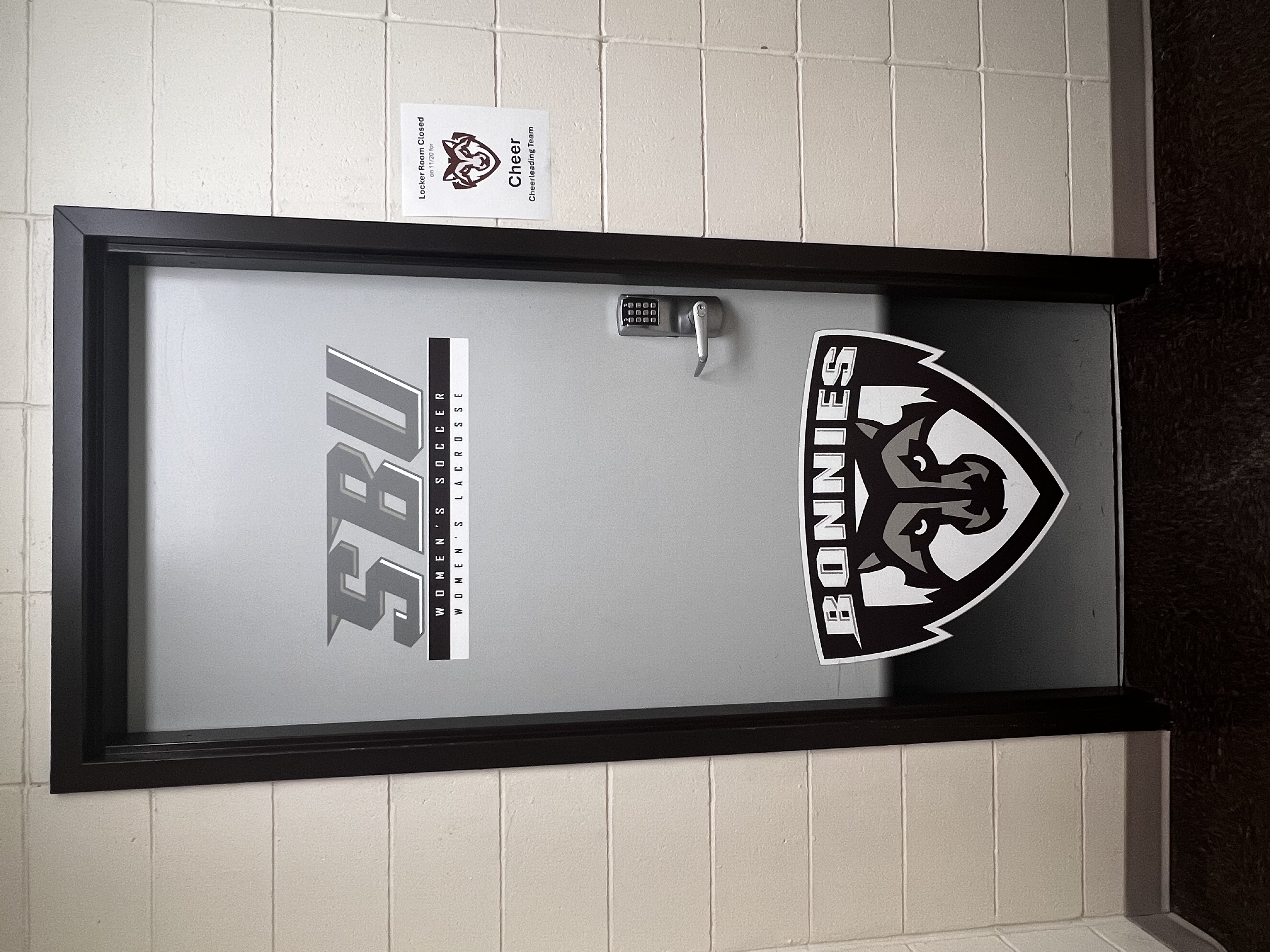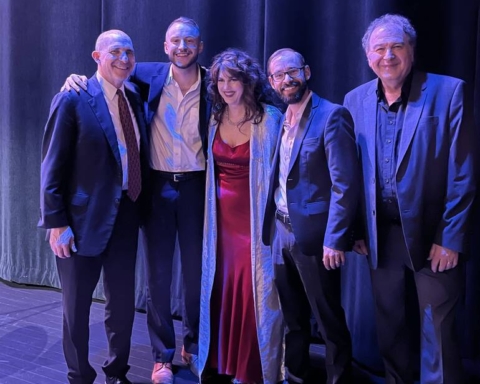By Kerri Linsenbigler
Features Editor
When Hurricane Sandy hit the East Coast, nearly 8 million people lost power, according to CNN. The high winds and rain sent trees crashing down while rivers and creeks flooded. In the hardest hit areas of New York City and New Jersey, the ocean waves spilled over onto land, flooding and destroying homes.
Some Bonaventure students who hail from the East Coast said their towns and families were lucky enough to be spared major damage from the storm.
“In our area we lucked out that it was mild,” said Christina Zoppi a junior history major and a Hanover, MA native. “We lucked out in the sense that we only lost power, and some people had trees fall in their yard.”
Another New Englander, Joshua Popsie, a senior journalism and mass communication major, said his town also escaped the extreme damage that ravaged New York and New Jersey.
“Basically everybody lost power,” said Popsie, a Concord, N.H. resident. “So, they got (the electricity) back up, but late last night another band, like a thunderstorm came through leftover from the hurricane and it knocked out all of the power again.”
Further down the coast in West Berlin, N.J., the parents of Amy Jarrell, a junior elementary education major, waited out the storm. Jarrell said her parents were not evacuated, but instead worked to secure lose fixtures and bought food, water and flashlights.
“My parents also checked on elderly neighbors, to ensure that they were alright,” Jarrell said.
While the devastation on the coast is well publicized, one student from Western New York also had to deal with the destruction of Hurricane Sandy.
“We have two Willow trees in the backyard, well had, and they’re both like three or four stories high,” said Amanda Koneski, a Rochester resident. “(A Willow tree) fell on the garage. It cut off all the power lines, so our house isn’t going to have power for six days. Right now my mom and my stepdad are living in a hotel.”
The garage roof, and maybe even the garage itself, needs to be replaced, Koneski, a senior journalism and mass communication major and integrated marketing communications graduate student, said. In the Rochester area alone, 29,000 homes lost power due to the hurricane, according to a Fairport-East Rochester Post article from Oct. 30.
Regardless of the damage to the students’ homes and towns, each one said they are lucky and fortunate to have been affected only minimally.
“It’s kind of crazy to see the pictures of Atlantic City, seeing as I was down there for the basketball game last year,” Popsie said. “We were on the boardwalk and running around on the sand, and now it’s gone.”
While students’ families prepared for the hurricane by buying water and flashlights, St. Bonaventure was readying the Emergency Preparedness Plan. Rick Trietley, vice provost for Student Life, said as soon as weather reports started to come in, the university reviewed its plan for severe weather, power outages and flooding.
“Our most significant concern was power outages,” Trietley said. “If you’re going to lose power, you’ve got to plan for short term and long term.”
According to Trietley, the university sent out communications via Notice Boards, E2 Campus Texts and the Cisco phone system Monday afternoon informing campus of the hurricane procedure. The university was prepared to be operational for up to 72 hours after power loss, Trietley said. After that, Bonaventure would have had to send students home.
“Thankfully, we didn’t have to do any of that, but we were prepared to do it,” Trietley said.
Besides enacting the emergency plan, Trietley said the university made counseling services through University Ministries and the Wellness Center immediately available to students.
“We’re continuing to reach out to those students,” Trietley said. “Our Residence Life staff is trying to keep a real good pulse on the residence halls, and (helping) what students may be experiencing problems.”
Koneski, Popsie, Jarrell and Zoppi said the best way Bonaventure students can help victims of Hurricane Sandy is to support one another.
“I think people were focusing on ways to get out of class, instead of focusing on giving support to friends whose families were in these bad situations,” Koneski said. “Everybody views Bona’s as a tight-knit community, and this is a way for us to get closer by supporting each other.”








